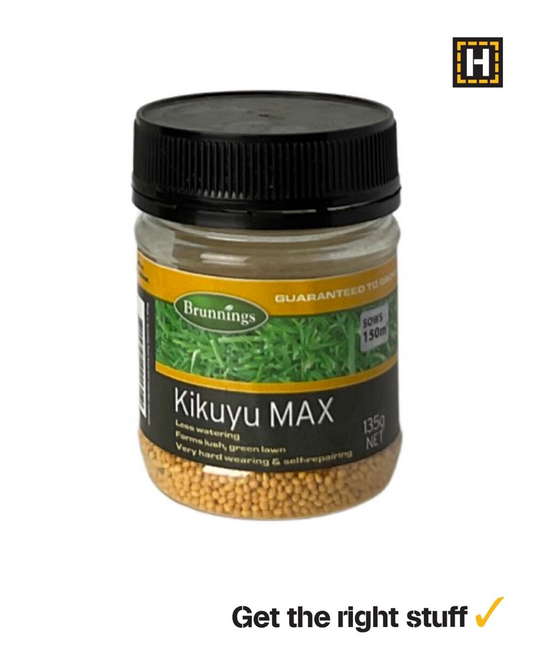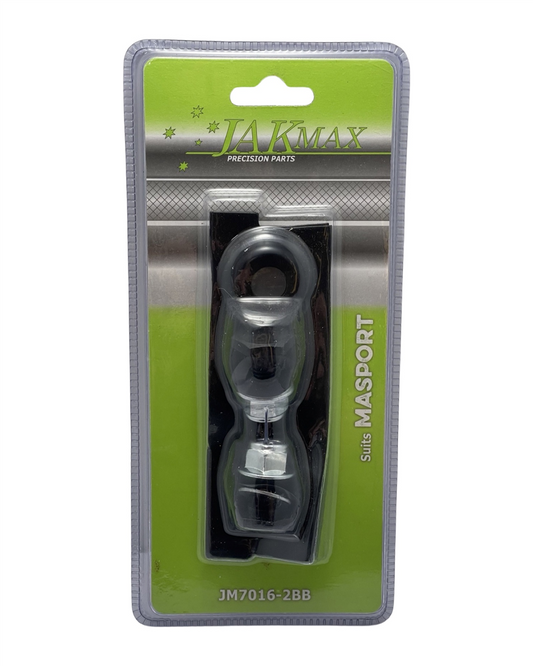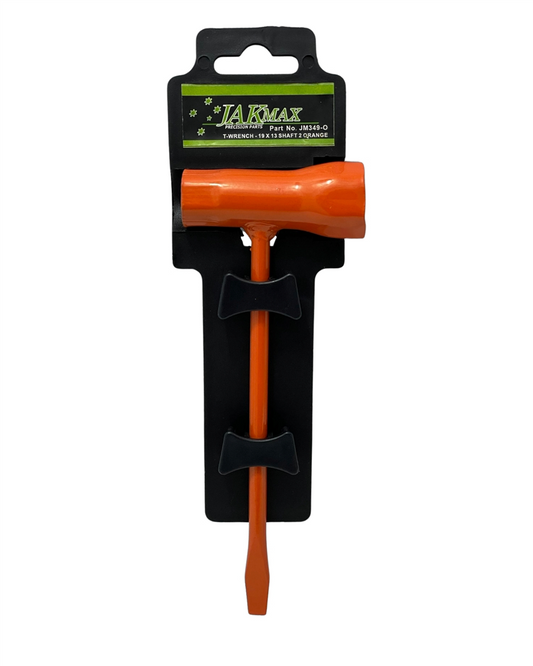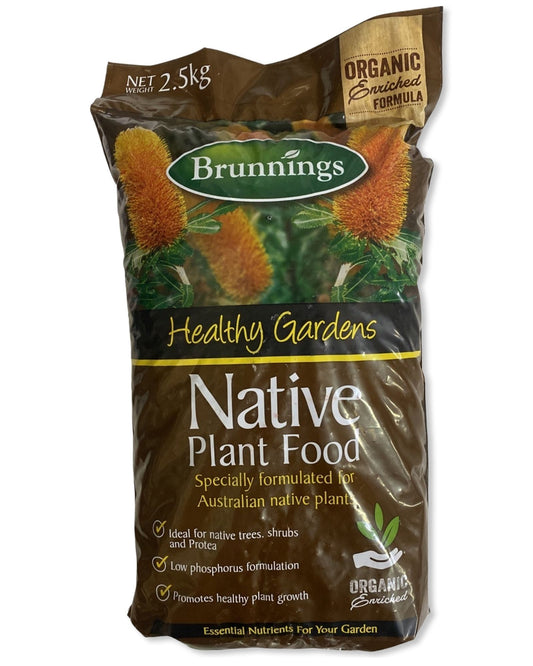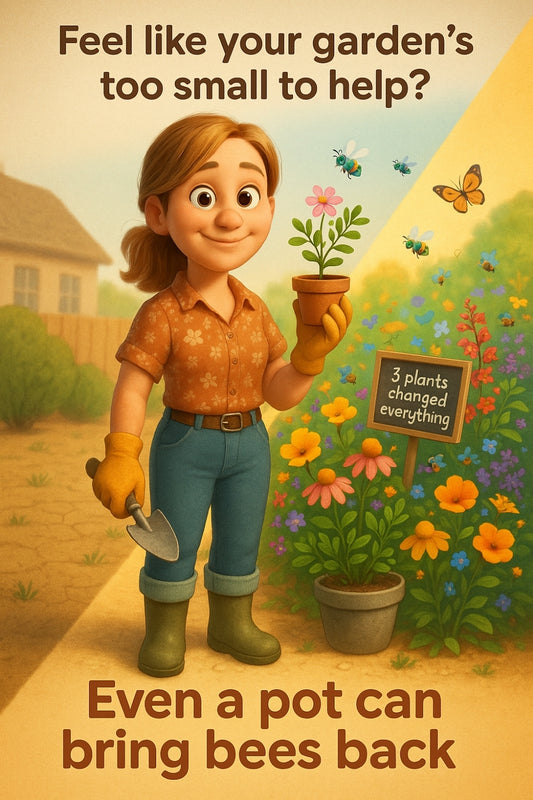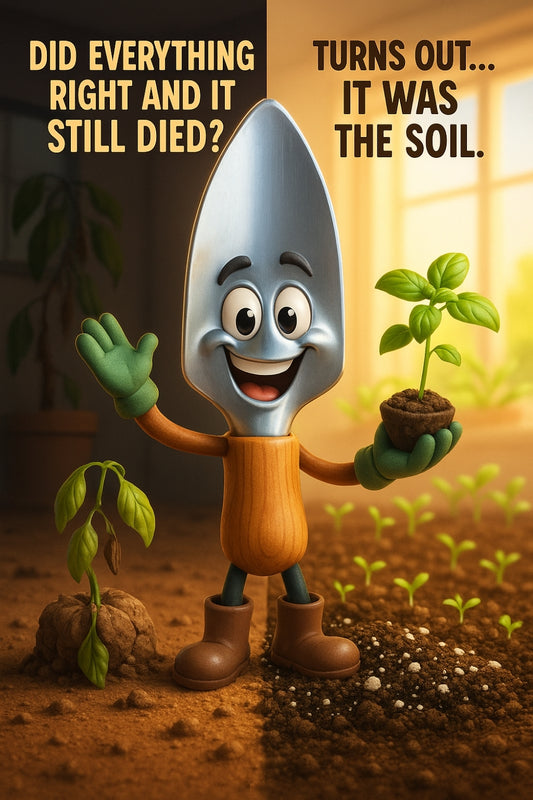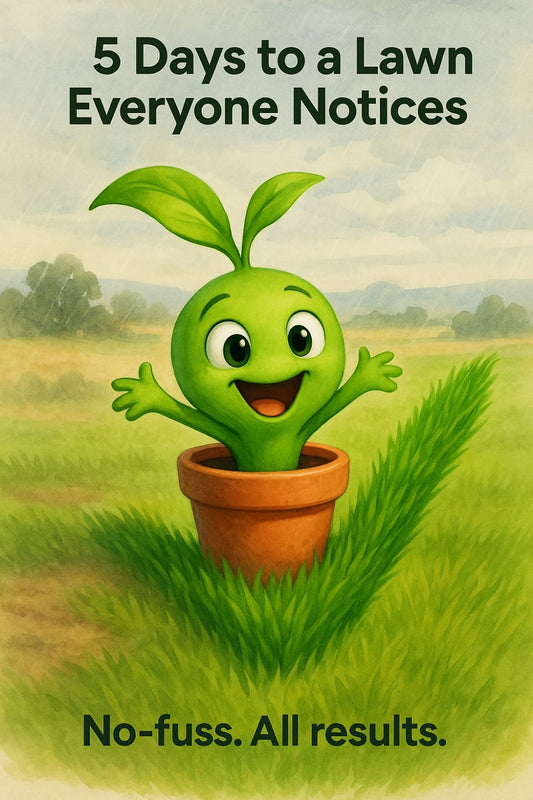Brunnings won’t tell you this — but your soil might be silently choking your garden
Share
Why layering soil the right way could turn your patch from lifeless to lush
When you’re setting up your veggie patch or refreshing those planter boxes, what you can’t see might matter more than what you can. Soil isn’t just dirt—it’s a living buffet for your plants. And how you layer that soil can feed your harvest… or silently starve it.
The way most people do it (and why it fails)
We’ve all done it. Bought a bag of potting mix, maybe added some compost on top, popped in our plants, crossed fingers, and hoped for the best. A few weeks in, things look okay. Then the leaves yellow. Growth stalls. The parsley bolts. And the tomatoes? Meh.
This “throw it all in” method is like making a cake by dumping sugar, flour, and eggs in a pan without mixing—it might turn into something, but it won’t taste good. Same with your soil.
“Think of your garden bed as a layer cake, Each layer feeds and supports the one above it—and your plants get exactly what they need, when they need it.”
The overlooked shortcut to healthier, faster-growing plants
Layering your garden bed sets up a mini ecosystem. Done right, it mimics how nature composts: slowly, steadily, and in order.
Here’s the simple method smart gardeners swear by:
- Base layer (for drainage): A 3–5 cm layer of small sticks, twigs, or chunky mulch helps keep soggy bottoms at bay. This stops roots from rotting and lets air flow through.
- Next layer (bulk organic matter): Straw, dry leaves, grass clippings, even shredded cardboard. This ‘brown material’ breaks down, feeding soil microbes and improving texture.
- Compost layer: Rich compost adds the nutrients. It's like the jam in your sponge—it brings flavour and fuel.
- Top layer (planting mix): Finish with 10–15 cm of quality soil suited to your plants. Look local—what works up north might flop in SA.
This isn’t a chore—it’s a 20-minute investment that sets your garden up for seasons of stronger roots and juicier harvests. And yes, even potted herbs benefit.
Soil layering in South Australia: why it’s essential, not extra
Our local climate swings between scorching summers and chilly winters. Rain comes in bursts. Water tanks run dry. In these conditions, soil layering acts as insurance. It conserves moisture from the bottom up and keeps roots cool even when the sun's relentless.
Are you feeding your plants... or fighting them?
There's a quiet confidence that comes from looking at your garden and knowing it's working with you, not against you. That your soil isn't just holding your plants up—it's actively helping them grow.
When you get soil layering right, you’ll notice:
- Fewer weeds—because well-layered soil suppresses them naturally
- Better water retention—less watering, more growth
- Longer-lasting nutrients—no need to over-fertilise
Even more exciting? You’ll finally stop wondering, “Why won’t anything survive in this spot?”
Starting over isn’t failure—it’s gardening
So maybe last season didn’t go as planned. The silverbeet withered. The lettuce tasted weird. That’s okay. Soil layering lets you reset without guilt. Your garden isn’t stubborn—it just didn’t have the structure.
Think of it like styling your pantry. Chaos in, chaos out. But when everything’s in its place, suddenly it feels doable. That’s what soil layering does—it makes the whole garden make sense.
Here’s the shift that sets smart gardeners apart
You don’t need perfect timing, endless space, or a shovel collection. You just need layers. Layering soil is the quiet upgrade that makes loud results: more growth, fewer headaches, and a garden that gives back twice what you put in.
Finish smarter than you started. Layer like it matters—because it does.
Happy digging,
Candeece 🌿
 Stay Connected
Stay Connected
Join our gardening community on Facebook: Urban Gardener's Notebook
And follow our Store Facebook Page: Strathalbyn H Hardware on Facebook


